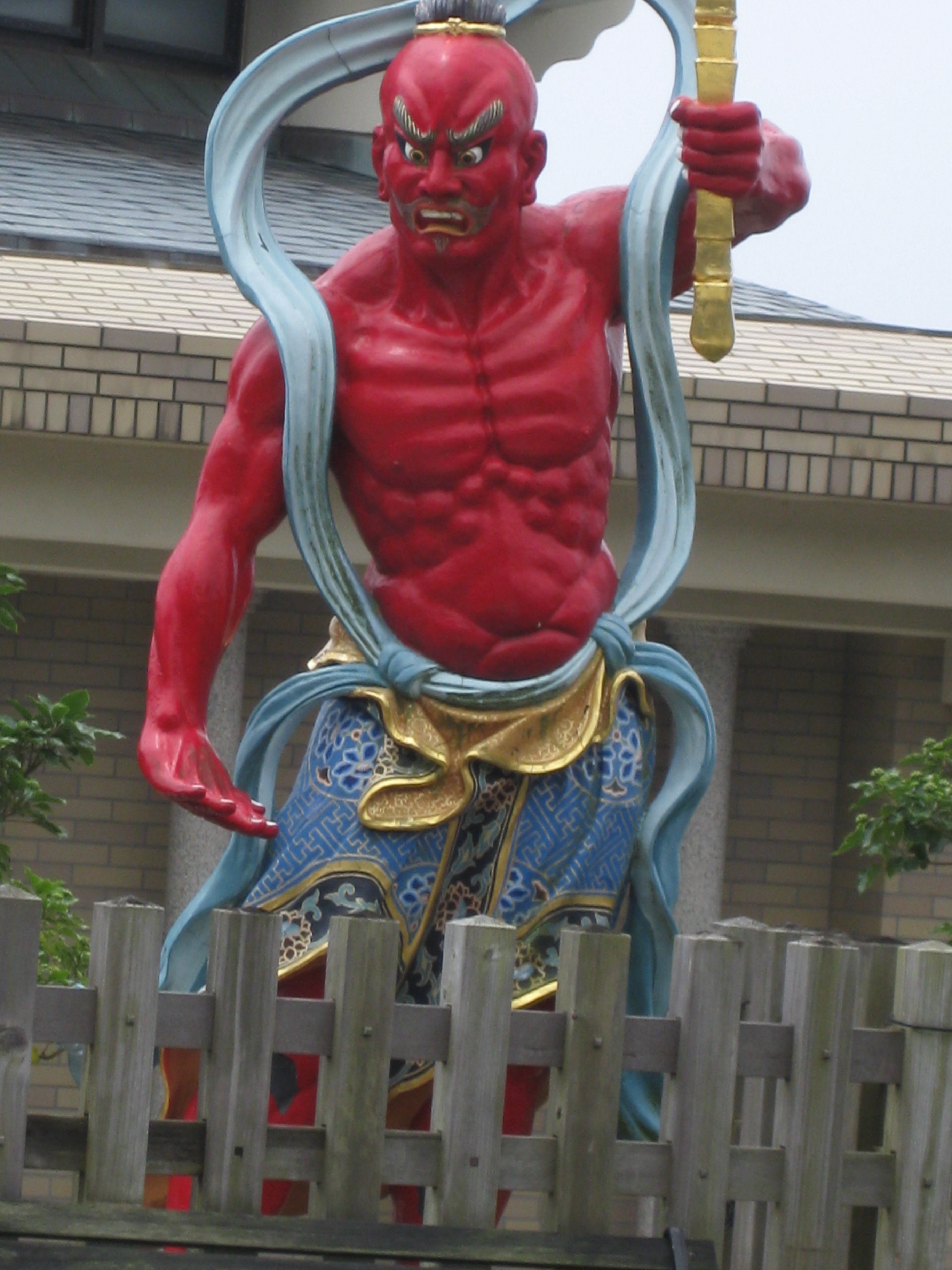Conscious Detachment
“It is your resistance to what is that causes your suffering.”
– Buddha
I know that the concept of being detached consciously may seem odd or even uncomfortable—especially as you are working to make change, know your Self and follow your intentions. The term detached or the state of being detached can have a negative connotation. And this comes from a legacy of expectations that have been ingrained in us and society for centuries.
When I talk about conscious detachment, I’m not taking about “checking out” of life, not caring or giving up on your choices. I am, however, taking about not being attached to outcomes, situations or people; of letting go of trying to control outcomes and the process; and of relinquishing your resistance to what is causing your suffering (what may not be working in your life, unfulfilled desires, loneliness, relationship problems, guilt, financial problems, etc.).
Think about it (Buddha’s famous saying, “It is your resistance to what is that causes your suffering”) for a minute in a practical sense. It means that suffering occurs when we resist how things are. If you can change something, then make change. If you can’t change something then accept it and let go of negativity. It is about accepting what is—the realities in your life without resisting them.
There are some things that no matter how much you resist them there is nothing you are going to be able to do about them. Change what you can change, and have the wisdom to accept unalterable situations as they are without expending energy attempting to change what you cannot. This acceptance is conscious detachment—the ability to allow the negative to flow through you without resistance and without affecting you.
Attachment is based on fear and insecurity and the need for security is based on not knowing your true Self. Being consciously detached is moving your focus from trying to change others or unchangeable circumstances to a focus on yourself and what needs to be changed in you. This is powerful. It’s moving the focus from the known (the past)—from what we have done, what someone has done or not done to us—to the now. It’s allowing yourself to feel your feelings, letting them go, being in the present moment and trusting the greater power of the Universe.
When you put conscious detachment in the context of your change process and in manifesting your dreams, it’s about not attaching yourself to any specific person’s actions or to certain outcomes. Being attached to any thing, person or situation sends a message to yourself that you are not complete without that thing, person or event, and then you fail to see the perfection in what is.
When you do this you give away your power to create your own reality—and you create within yourself a sense of doubt. When you detach yourself from the outcome you will feel your doubt and fear transforming into a deep sense of knowing and certainty. This is faith and faith is the means to true detachment.
Whenever you feel a sense of panic or a need to control the process in your day-to-day thoughts and actions, this is when you are in a state of attachment. You are sort of in an “attached mind.” To work through this first take responsibility for your own behavior. Get to a place where you do not blame others or circumstances.
It’s your reaction to these things that causes disappointment, resentment, anger, etc. Don’t lose yourself in these negative emotions that will cause fear and perpetuate you being attached. Practice acceptance—acceptance of things you cannot change and trying to change them. Practice letting go—find peace with your past and things that may not be working in your life, and then move to reconnecting with your intentions (Reconnecting to Your Intention) and using positive thoughts and taking positive actions.
In those moments of being in an “attached mind” pause, relax and remind yourself that you are in control when you do not have a need to control. And in this state of conscious detachment you accept what is and by doing so you put in practice faith and trust in the Universe.
This faith is not to sit back and wish things were different or to watch life go by—waiting for life to happen. It is knowing that your positive thoughts will manifest by you taking inspired action—without the baggage of attachment and negativity. You create a non-resistance pattern that takes you to peace and certainty where your choices flourish and become your reality.










